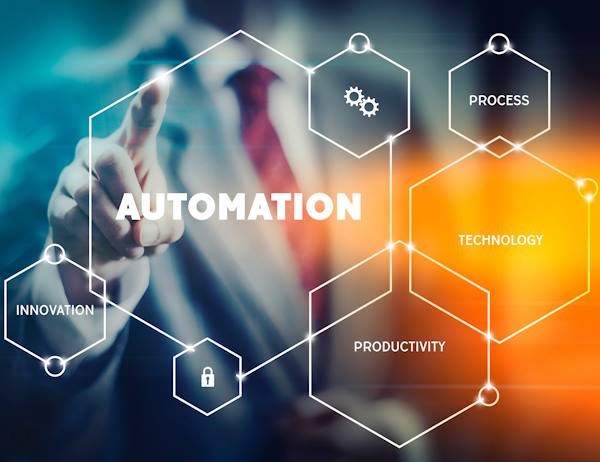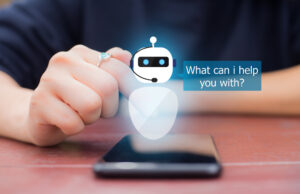The modern workplace is undergoing a massive transformation, largely thanks to the use of robotics. Automation—the use of technology to perform tasks previously performed by humans—is changing businesses, job roles, and even the nature of work itself. Businesses and employees must understand their roles in this new world to better navigate it. This article examines how automation has evolved, how it affects employment and productivity, and its advantages and disadvantages.
A Brief History of Work Automation
The concept of “stream work” is not new. Businesses began using machines to perform tasks previously performed manually during the Industrial Revolution, which laid its roots. The first wave of automation focused primarily on manual labor— significantly increasing industrial production. The next wave of automation was driven by the digital revolution of the late 20th century, which introduced computers and software that could automate routine office and data processing tasks. Artificial intelligence and machine learning have further developed automation, and we are now in a new era of it. Automation can now perform complex cognitive tasks, such as analysing massive data sets and communicating with customers. This period of automation represents a dramatic shift from mechanical roots to intelligent, flexible systems.
The Impact of Automation on Productivity
One of the most important functions of technology is to increase productivity. Automation takes over mundane, time-consuming tasks, freeing people to focus on more important, creative, and strategic tasks. For example, autonomous systems can manage inventory, send invoices, or answer frequently asked customer questions 24/7 without fatigue or errors. Because this process is continuous, it accelerates turnaround times and increases productivity. AI-driven analytics can also identify inefficient workflows and suggest ways to improve them, enabling companies to maximise process efficiency. Ultimately, companies will become more agile, efficient, and competitive.
How Automation Is Changing the Way We Work
Through the adoption of technology, the labour market will permanently change. While some routine, manual, and data-entry jobs are disappearing, new jobs are emerging that require different skills. Robotics engineers, data scientists, and artificial intelligence specialists are among the most sought-after professionals because they can design, build, and operate automated systems. Moreover, there is a greater emphasis on uniquely human skills, such as critical thinking, emotional intelligence, creativity, and problem-solving. Automation doesn’t replace people entirely; rather, it shifts human work to areas that require teamwork, creativity, and strategic control—areas where machines still lag behind.
Advantages and Disadvantages of Automation
Automation offers numerous advantages, such as increased accuracy, lower operating expenses, and greater efficiency. Companies that embrace automation can gain significant competitive advantages by delivering goods and services to customers faster and more efficiently. However, it also presents challenges. A significant concern is job losses, which, if mishandled, can harm the economy and undermine fairness. New technologies also carry significant upfront costs. Moreover, overreliance on automated systems can introduce new dangers, such as cyber threats or system failures that can disrupt work. To maximise benefits while minimising risks, a cautious approach is needed.
The Future of Work: Looking Ahead
Automation is revolutionising the modern workplace, and it is a powerful driver of this transformation. Automation promises a future with more efficient businesses and more engaging, creative work for employees. However, achieving this goal requires careful planning and investment. Companies must prioritise updating and enhancing their employees’ skills to prepare them for future work. In this new era of work, both companies and individuals can thrive by fostering a culture of continuous learning and adapting to new technologies.
FAQs
1. What is technology in the workplace?
When robots, computers, and other technologies are used to perform tasks previously performed by humans, it is called workplace automation. Data entry, for example, is a simple, repetitive task. Other examples include customer service and data analysis.
2. Will machines replace all jobs?
Some jobs, particularly routine and manual labour, will be replaced by technology, but new ones may also emerge. The focus will shift to jobs that require people with management and development skills, as well as unique human abilities such as emotional intelligence, creativity, and strategic thinking.
3. How does technology primarily help businesses?
One of the key benefits of automated systems is that they can operate continuously and error-free, increasing output and efficiency. Furthermore, they can reduce operating expenses, improve task accuracy, and free employees to focus on more important, strategic work.
4. What skills are needed to work in an automated environment?
Skills that are difficult to automate are becoming increasingly important. These skills include leadership, creativity, emotional intelligence, critical thinking, and the ability to solve complex problems. Talent with skills in artificial intelligence, data science, and robotics is also in demand.
5. What can employees do to prepare for the rise of automation?
To prepare, employees can focus on acquiring new skills and embracing lifelong learning. This includes improving technical skills related to automation, as well as strengthening soft skills like collaboration and communication. The key to surviving in a changing job market is remaining flexible and open to new tasks and responsibilities.




